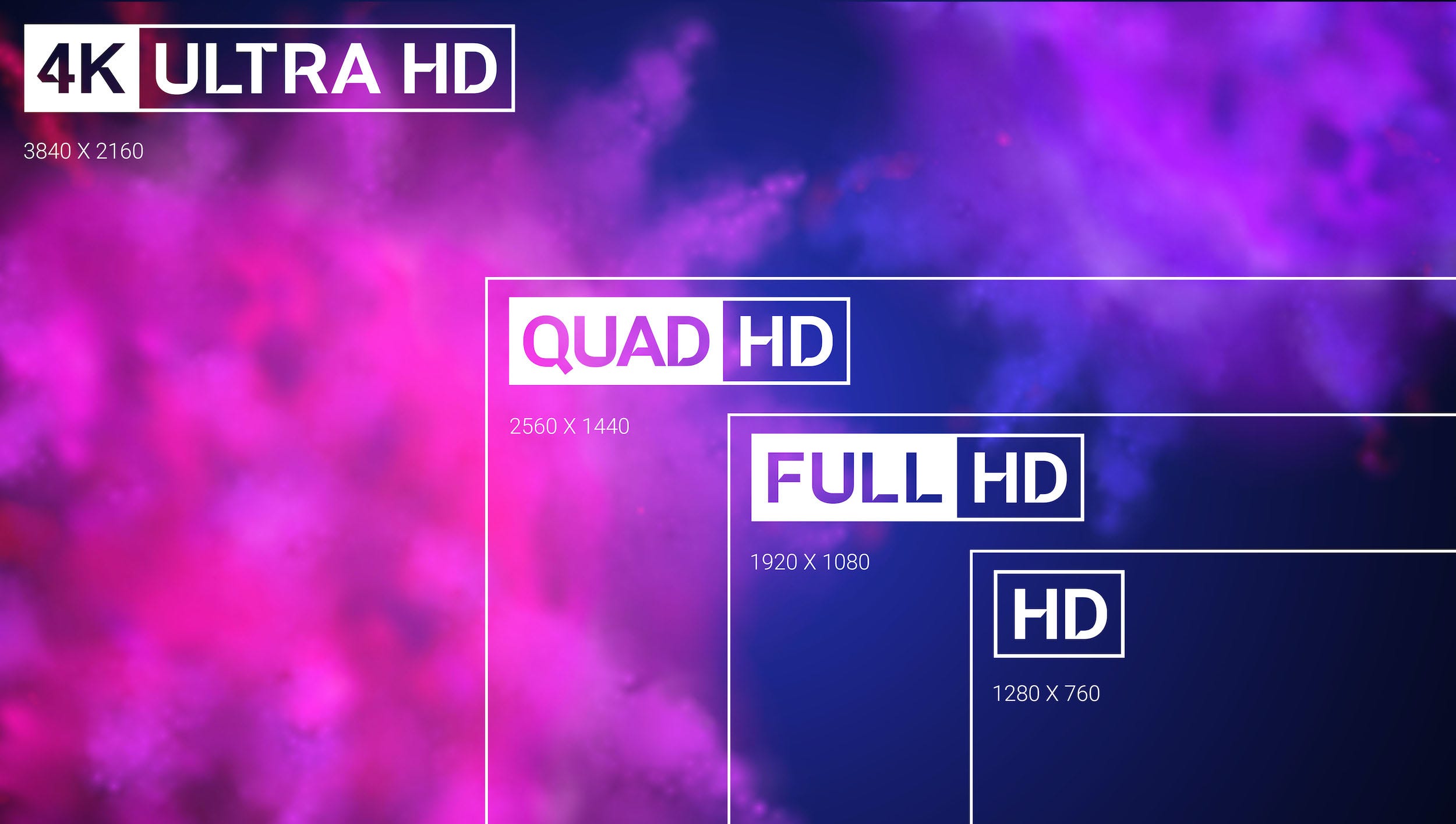
moodboard/Getty Images
- QHD is a screen resolution that measures 2560 x 1440 pixels and has a 16:9 aspect ratio.
- You'll often find it on high-end devices like laptops, TVs, and smartphones.
- QHD is sharper than regular HD, but isn't as clear as 4K – there are battery and cost trade-offs for each to consider before purchasing.
- Visit Insider's Tech Reference library for more stories.
Buying a new device can feel overwhelming. But if you're someone who values a crisp screen, resolution is going to be an important consideration.
Here's what you should know about QHD resolution and how it compares to other resolution options on the market.
What is QHD?
Quad high definition (QHD) is the standard resolution for certain high-end devices like laptops, televisions, and phones. It has a display resolution 2560 x 1440 pixels – or four times that of 720p, hence the name – in a 16:9 aspect ratio.
You may also see WQHD when searching for devices (that stands for "wide quad high definition.") QHD and WQHD are actually the same thing. The "W" is usually meant to signal that it has a 16:9 aspect ratio, since that can be a selling point for manufacturers, despite that the aspect ratio is already a feature of QHD. QHD is also sometimes labeled as 2K or 1440p for marketing reasons. An ultrawide QHD screen expands the horizontal pixels to 3440 and has a 21:9 aspect ratio.
QHD vs HD vs 4k
If you're in the market for a new device, it pays to know what kind of resolution quality you want: HD, QHD, or 4K.
Compared to regular HD, QHD is sharper and offers more pixels per square inch (2560 x 1440p versus HD's 1920 x 1080p). Because of that, it's also generally better suited to larger monitors, allowing you to do things like have more windows open on your screen at once. However, it will also eat away more of your battery life if you're using something like a mobile device, so you will have to make a judgement call there.

chaluk/Getty images
4K, on the other hand, is going to provide a more detailed screen than QHD. The official cinema resolution for 4K screens is 4096 x 2160p, but on a monitor, you will usually see the specs list 3840 x 2160p resolution. So for the average user, it has double the pixels you get with HD.
Again, the higher-resolution option will drain your battery life faster, so you should check out battery life estimates to make sure it works for you. 4K displays are also generally going to cost more than lower-resolution options, so that's another thing to consider before buying.

